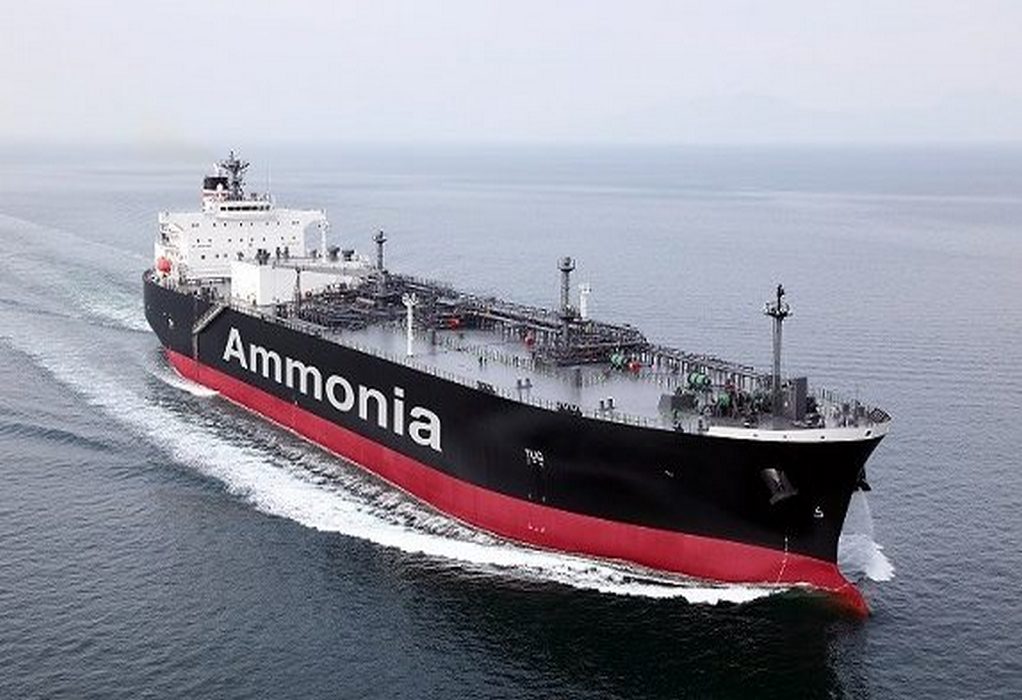Höegh Autoliners has partnered up with compatriot green energy provider North Ammonia for the supply of green ammonia for its multi-fuel and zero-carbon ready 9,100 ceu Aurora Class vessels under construction in China.
The Oslo-based company said the partnership will enable it to meet its commitment to powering at least 5% of its deep-sea operations with green ammonia by 2030 and its aim of consuming at least 100,000 metric tons of green ammonia in its fleet by that same year.
Höegh Autoliners has eight ammonia-ready ships on order at China Merchants Heavy Industry (CMHI), with two expected to deliver every six months starting in the second half of 2024. The company also has an option for another four units until the end of July 2023, as well as additional yard slot reservations.
North Ammonia was established by Grieg Maritime Group and Arendals Fossekompani in 2021 with the aim of making green ammonia available on a large scale. The company has selected the Eydehavn site at the Port of Arendal as the location for its first production, storage and export infrastructure, targeting the commencement of operations in 2027.
The bunkering location for the green ammonia in the partnership with Höegh Autoliners is likely to take place in the Amsterdam-Rotterdam-Antwerp area. The distribution of the green ammonia to bunkering locations in Europe may be provided by Grieg’s future ammonia bunkering vessels.
Tags: Ammonia, China, Höegh Autoliners, North Ammonia



Recent Posts
Port of Brisbane Unveils Vision 2060 to Drive Smarter, Cleaner, and More Connected Future
Wärtsilä to Deliver Hybrid Propulsion Systems for Vertom Group’s New Low-Emission Vessels
Latvian port receives electric Konecranes Gottwald Mobile Harbor Crane
Sustainable Ocean Economy Vital for Human Development, Says UNDP at UN Ocean Conference
Green Hydrogen Costs in India Could Drop by 40%, Says IEEFA-JMK Report
Cavotec Secures €1.55 Million Shore Power Contract for Port of Antwerp-Bruges
APM Terminals and SANY Marine sign landmark agreement to accelerate decarbonisation
The Port of Gothenburg takes big step towards shore power connection for container and car/RoRo vessels